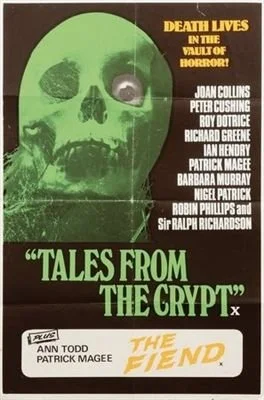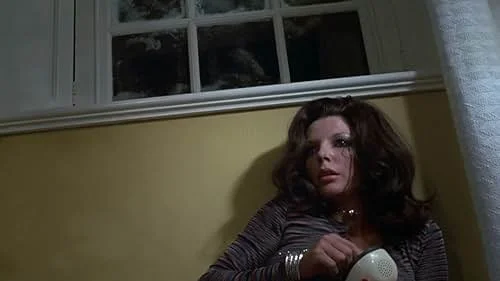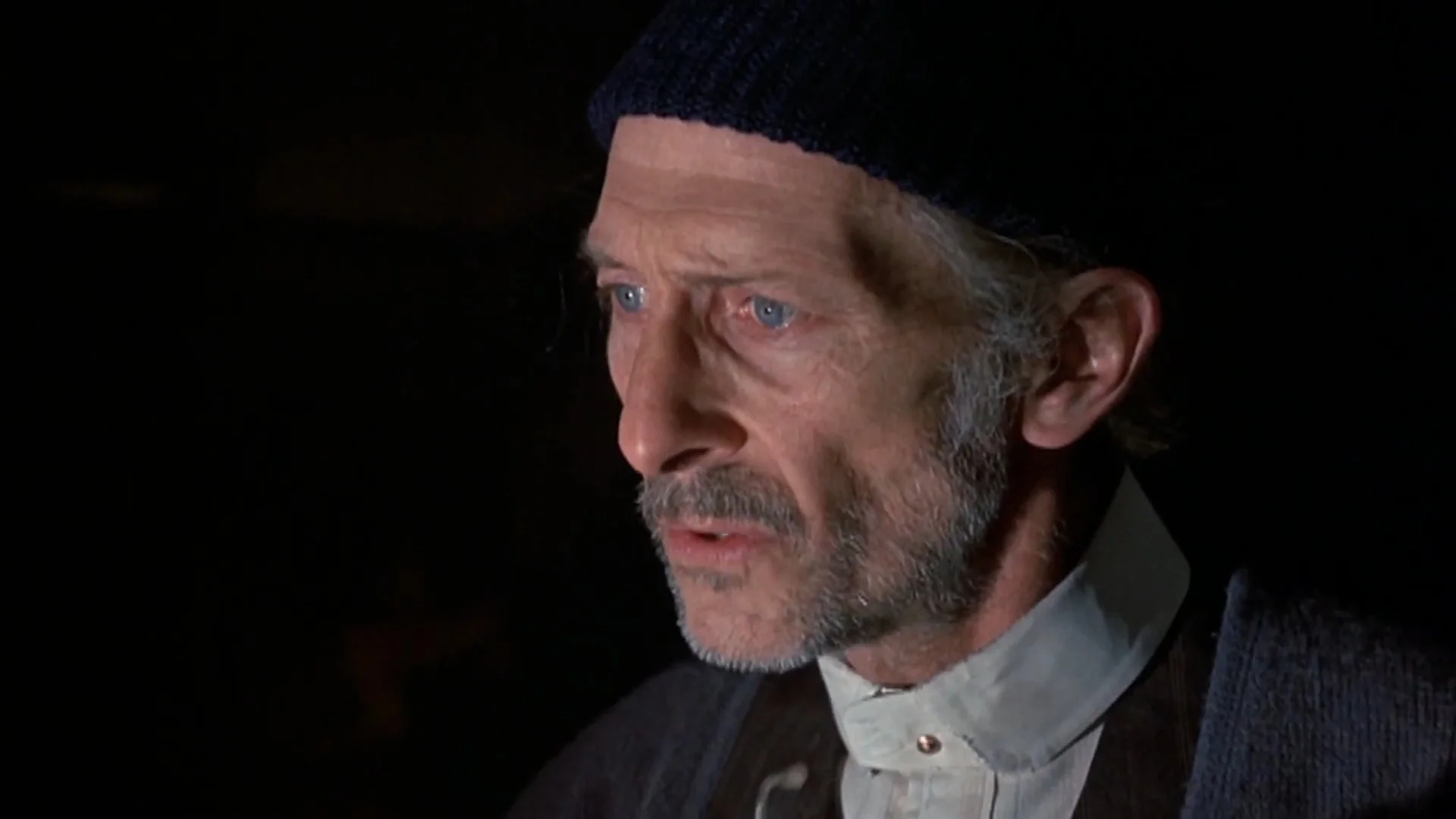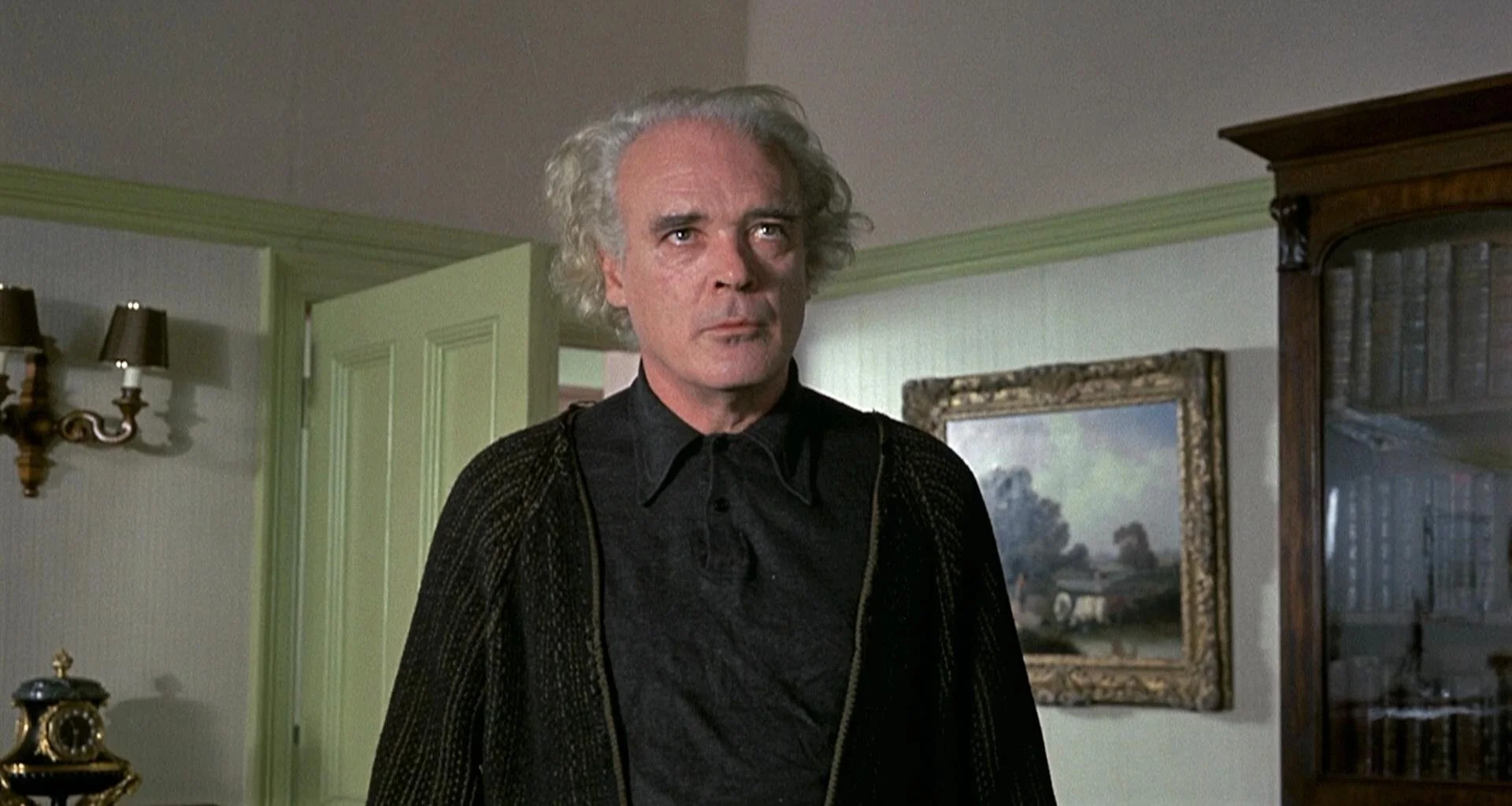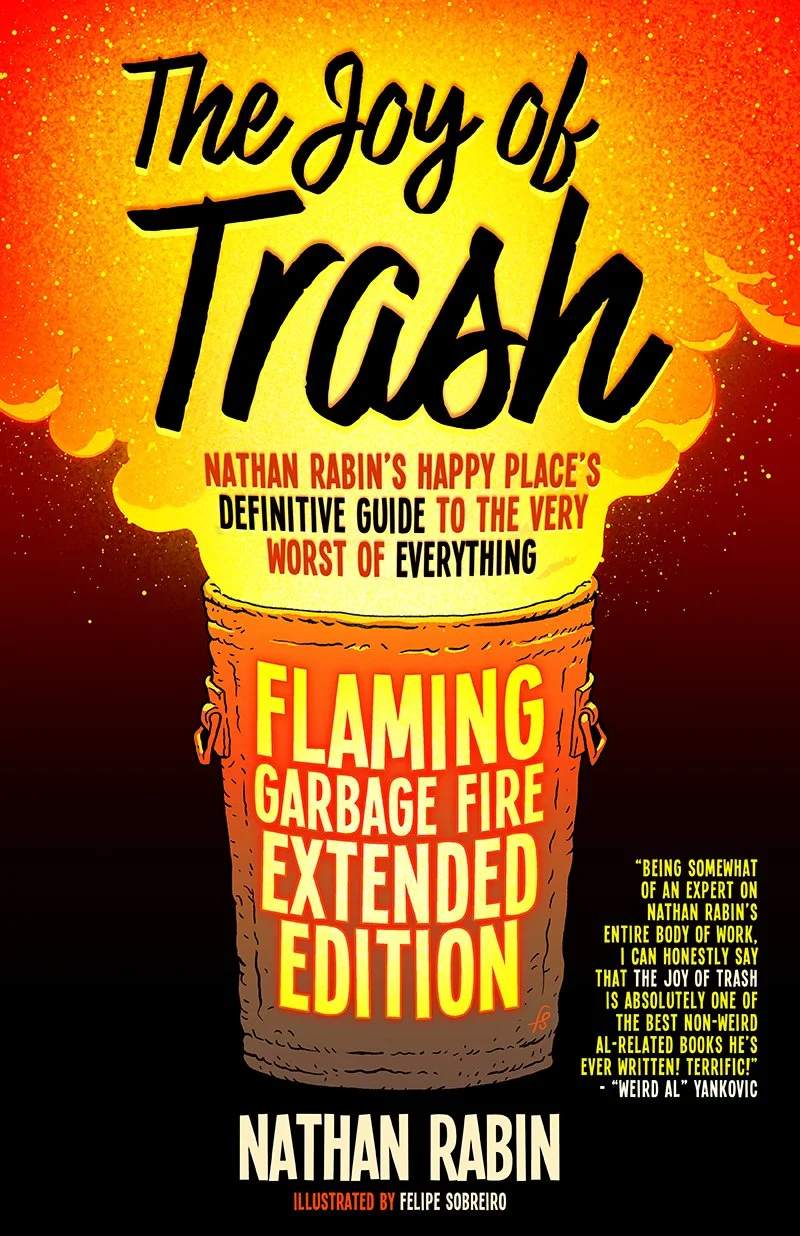1972's Tales From the Crypt Proves It Is Possible to Make a Satisfying Adaptation of the Infamous EC Comic Book Without Puppets or Ghoulish Wordplay
It’s both fitting and ironic that moralistic scolds hated the EC horror comic books Tales From the Crypt, The Haunt of Fear and The Vault of Horror so intensely that they helped engineer a draconian code of ethics for the entire industry designed specifically to keep EC from giving small children the sex, brutality and depravity that they angrily demanded.
Tales From the Crypt was full of the kind of lurid, salacious content that kids crave and grown-ups abhor, or at least pretend to despise. But underneath all of Tales From the Crypt’s pitch-black comedy and enthusiastic gore lie a show rooted in morality, where the wicked are punished disproportionately and sins lead inevitably to death and then an eternity in the great lake of fire.
William Gaines’ pre-Mad claim to fame was all-American in its brutality and unabashed vulgarity. But it found a loving second home across the pond in Great Britain.
Before some of the biggest names in show-business (Joel Silver, Walter Hill, Robert Zemeckis and Richard Donner) brought Tales From the Crypt roaring back to life as a zeitgeist-capturing HBO horror hit rich in gratuitous nudity, mindless profanity and gore it was adapted for the big screen in England by Amicus Productions in 1972’s Tales From the Crypt.
The hit horror anthology led to another big screen adaptation of EC’s horror comics the following year, 1973’s The Vault of Horror. Jolly old England’s love of William Gaines’ ghoulish brain-child, along with a desire to cut costs, led to the final season of the television incarnation of Tales From the Crypt being filmed in Great Britain, with a cast chockablock with future stars.
I’m writing about the 1972 Tales From the Crypt adaptation because I love the horror-comedy institution in nearly all of its different incarnations. I can’t say that I’m too familiar with the show’s kiddie game show spin-off Secrets of the Crypt-Keeper’s Haunted House but the presence of the Crypt-Keeper in a central role alone makes it automatically better than other Double Dare knock-offs.
But I’m also writing about Tales From the Crypt because I recently wrote up all six movies in the Silent Night, Deadly Night franchise for my Substack newsletter Nathan Rabin’s Bad Ideas and consequently am more than a little obsessed with killer Santas.
Santa! I know him!
Tales From the Crypt’s “And All Through the House” pre-dates Silent Night, Deadly Night as a comic book story. That’s true of the British Tales From the Crypt movie as well but Robert Zemeckis’ unforgettably grim adaptation of a standout story from The Vault of Horror came after Silent Night, Deadly Night made the idea of a Killer Santa controversial and transgressive.
Tales From the Crypt’s framing story finds a group of strangers in a mysterious crypt ominously kept by a hooded figure of mystery played by Ralph Richardson.
Richardson was of course one of the all-time greats of the British stage as well as a two-time Oscar nominee. So even though he does not indulge in even a single ghoulish bit of wordplay in the entire film he still makes for an authoritative figure of fright.
Richardson’s Crypt-Keeper shows the aggregation of sinners exactly how they will die. First up is Joanne Clayton (Joan Collins), a stunning black widow who repays her adoring hubby’s Christmas kindness with murder.
She’s a sick twist who thinks nothing of offing her much older hubby. Even more horrifyingly, she does so with her daughter in the house.
The predator becomes prey when she discovers that a man has escaped from a local hospital for the criminally insane dressed as Santa Claus and is on a rampage. This sinister Saint Nick tries to enter the merry widow’s home.
Joanne can’t call the police or they would discover that her hubby is now a corpse. She’s a in a dilly of a pickle as she tries to avoid being killed just because she killed someone.
In the end it’s the dewy innocence of Joanne’s daughter, who, unfortunately, still believes in Santa, that ends up spelling her doom.
It’s a gut punch of an opening vignette that has the benefit of brevity. The typical horror anthology spreads three terror tales over one hundred irritatingly padded minutes but Tales From the Crypt manages to fit five fright fables into just ninety minutes.
That means that there’s no padding to get to feature length; every segment is exactly the length that it needs to be and not a second longer.
The next sequence is probably the film’s weakest but it’s still a rock solid bit of spooky involving Carl Maitland (Ian Hendry), a sinner who abandons his family to pursue a selfish new life with his secretary.
They get into a car accident but when Carl tries to get back to his old life and wife everyone he encounters looks at him with an expression of pure, soul-shaking horror. It’s a vignette rooted in subjective filmmaking. We see the world through Carl’s eyes and what we see, ultimately, is not pretty.
Peter Cushing was typecast as an outsized figure of pure evil but he is cast winningly against type here as Arthur Edward Grimsdyke, a kindly old eccentric who delights in giving gifts to neighborhood children, growing prize roses, looking after his dogs and talking to his beloved dead wife.
He’s a harmless neighborhood fixture who has the misfortune to live on a piece of property his malevolent neighbor James Elliot (Robin Phillips) wants for himself. James is as evil and vicious as Arthur is saintly and kind.
So he decides to destroy Arthur’s life as a laugh and for his own malicious purposes. The schemer spreads a rumor that Arthur is a pedophile, which puts a hasty end to his visits with neighborhood children. He gets the poor man fired from his job. He ruins his garden and gets the affable geezer’s dogs taken away from him.
As the curdled climax to his reign of terror the neighbor from hell sends Arthur a flurry of Valentines with nasty messages insulting him and suggesting that the world would be better off with him dead.
Cushing spent his career scaring people but here he’s the very image of scruffy working class decency. Tales From the Crypt gets us to care about this sad, saintly man before he loses everything, including hope, faith in humanity and ultimately his life, before enacting posthumous revenge.
What James does not realize is that his seemingly harmless victim dabbles in the occult and isn’t above conducting murdering from the great beyond.
The next segment has the curious quality of being at once an adaptation of W.W Jacobs’ classic short story The Monkey’s Paw and a meditation on it and its famous twists and turns.
The Monkey’s Paw exists in this universe as a popular story the protagonist’s lawyer is familiar with. When an unsuccessful businessman and his wife find a mysterious Chinese artifact that promises to grant three wishes the lucky/unlucky souls are informed by their attorney that these wishes have a way of backfiring morbidly so they should be very careful and deliberate with how they phrase their desires.
It is all for naught, of course. Even with that knowledge the wife still manages to make three wishes that individually and collectively make her life much worse instead of better.
There’s a sense of inevitability to this segment. It doesn’t matter what the hopeless souls stuck in a Monkey’s Paw scenario do; they’re doomed by the nature of fate itself, cruel, cruel fate.
Sliding into yo girl’s DMs like…
Tales From the Crypt saves its bleakest tale for last. It’s the grim story of a home for the blind that has the profound misfortune to be placed in the care of an old military man.
The miserable old soldier treats his charges like prisoners of war rather than human beings with dignity and agency. He enjoys a life of privilege and comfort while the blind are left to suffer in darkness.
In true Tales From the Crypt fashion, this evil man ends up paying a steep price for his sadism and narcissism when the blind rise up and subject him to his own medicine.
The leader of the blind is played by the great character actor Patrick Magee. Like all of the other legendary actors here, Magee doesn’t phone it in at all. He lends the character a weary dignity that’s enormously poignant. He’s intent on holding onto his humanity in the face of unfathomable cruelty.
I am a big fan of Tales From the Crypt Presents: Demon Knight but the best Tales From the Crypt was made over a half century ago by a bunch of Brits.
Tales From the Crypt sets the bar so high, in fact, that I suspect that Americans gave up the whole “horror anthology” aspect in their cinematic spin-offs precisely because they couldn’t compete with this uniquely satisfying cinematic endeavor.
Check out my Substack here
Did you enjoy this article? Then consider becoming a patron here
AND you can buy my books, signed, from me, at the site’s shop here

